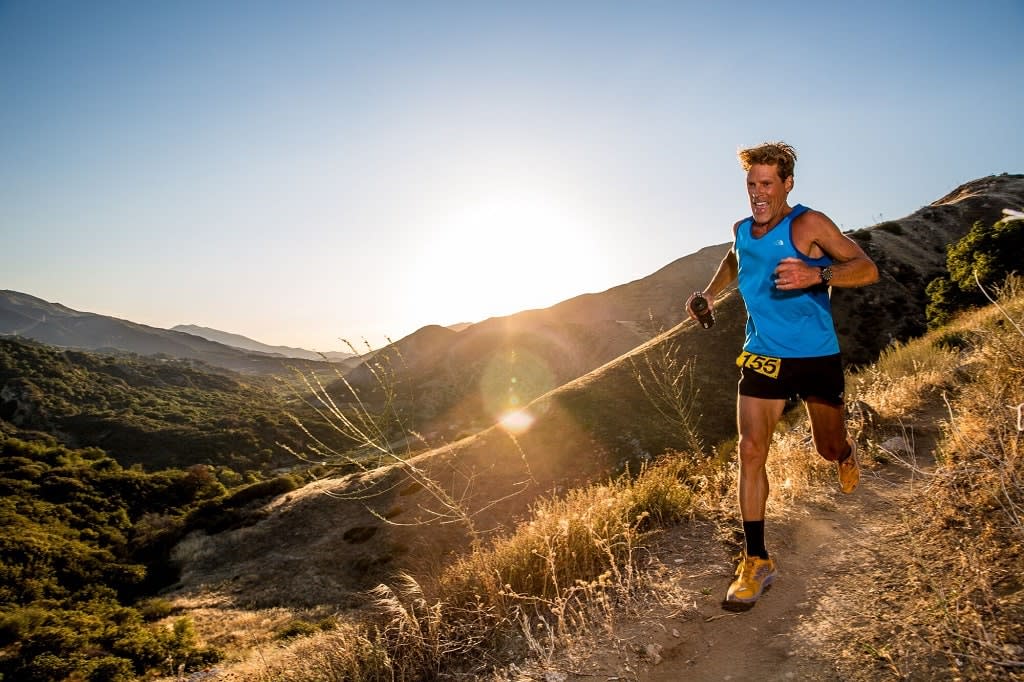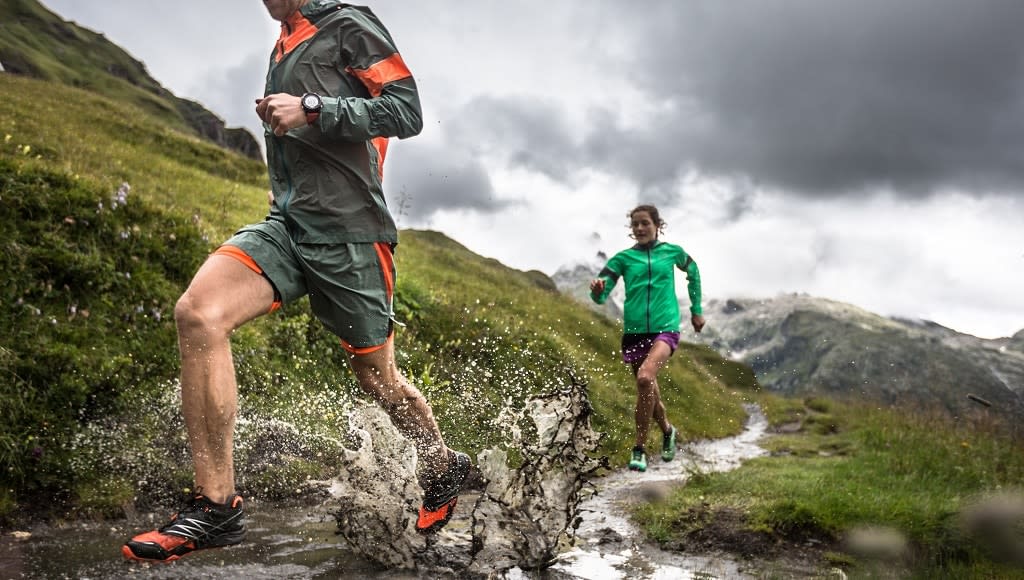10 Things to Know Before Starting Trail Running

Trail Running Top Tips for Beginners
Are you a seasoned runner specialized in short or long distances, 5km, 10km, half-marathons, or marathons, and you’re feeling ready to run your first trail? Do you dream of going beyond your limits, of feeling the pleasure of running in the wild? If so, then here are a few tips to help you train effectively and prepare you got this new running experience.
What is a trail?
First and foremost, it is important to lay some foundations: no, the trail is not a marathon run next to a cornfield, nor is it a hike in the forest. It’s running on trails, paths, or hilly roads in forests or on mountains, it’s normally classified as a trail when the distance is between 21km and 80km and known as an Ultra-Trail for courses over 80km. Easy right?!
Trail Running – a demanding discipline
If you’re keen on running a trial for the sole purpose of enjoying nature, to tone up your legs a bit and without any prior training, then you better think again! A trail is not a hike in the forest; it’s hard running, usually for (very) long distances, with uneven ground, and indeed requires a lot of intense and educated preparation. So, we hope you don’t have any false pretenses of jumping on the trail bandwagon because it is a “trend”, without respecting a few prerequisites… warm up the legs, train your mind, and get ready to hurt yourself a little bit.
Which trail to choose from?
For this first trail, don’t go for Superman, there’s nothing worse than overestimating your strength and putting yourself off ever trying it again. Choose a short distance, with a few, but not too many, technical passages. It’s handy to keep it in mind that a 100m altitude difference is about an extra 1km of effort time, so put on an ascent-friendly pace for your first race, to “test the waters” and so you don’t disappoint yourself with a slower than average time. Once you get to your second trail you can start to try and raise the bar! Below is a little teaser for a schedule of upcoming trails.
Adaptive Training
Significant differences in altitude, the technicality of certain passages, the unavoidable variety of the terrain, scarcity of supplies… These are just a handful of things that make the trail different from your previous running races, and why you can’t prepare for it in the same way. Maybe you’re tired of the Tarmac or the chance to go rub yourself up against the best Kenyans titillates you? This is a good start, but you’ll have to raise the level, without going to the breaking point, to face the best in your first trail.
First, the frequency of your training outings will suffer, especially if you intend to run a long-distance trail! For a short 20km trail, three weekly outings should be enough, but for a longer trail, which we do not recommend for a first introduction to trail running, you are looking at between 4 to 6 training sessions a week. Wallowing in front of the TV will have to wait till the next life, but the key to a good runner is having mental and foolproof motivation, right? So, do not lose sight of your goal, and get out there and run!
It’s also recommended to accustom your body to the terrain you’ll be encountering on a trail to give you a good feel for the upcoming race or session.
Equipment
Chuck away your tired old running shoes! To give yourself the best opportunity in your first trail, it’s imperative to buy a pair of trail shoes. Select your new trainers, as you would for running on the road, depending on what type of feet you have, stride, and your athletic past. These specific shoes must, of course, be tested in training, never for the first time on the day of the race, unless you’re all about taking unnecessary risks.
Just like in traditional running disciplines, the type of kit you wear will also be necessary, purchase a good quality technical t-shirt, fleece, windbreaker, shorts, and running tights to protect you from when you inevitably encounter brambles.
Another essential piece of gear is a good windproof backpack, one that will fit your supplies, water container, and fits comfortably and securely on your back.

Managing your supplies
Just as in a road race, refueling along the way is extremely important and crucial to a safe and successful race. Despite the fact that I seemed to cross a few “extra-terrestrial” types on my half marathon on the 26th May, who somehow managed to run without any supplies or energy gels, and no doubt with much more experience than me!
When it comes to the trail, refueling is downright crucial! Over distances of more than 25km, power is essential if you’re not ready to experience what feels like to have a total burn out! Therefore, it’s essential to learn about the advantages and use of specific supplies, if for anything just to know what to pack. Drink a lot, between 400 to 800ml per hour, using energy drinks with added electrolytes, and try to eat a gel or bar every 30 or 40 minutes. You can find all the necessary information in the BA-BA refueling guide.
The Warm-Up
Warming up before your first trail is essential if you don’t want to risk injuring yourself during the race. If the trail is less than 40 km, then warm up by jogging between 15 and 25 minutes, followed by some focused exercises that you’ve practiced in training, then finishing with some sprints or explosive movements. Then it’s finally time to join everyone at the start line!

Set a goal
No two races are the same, but a runner will be mentally stronger if they set some objectives in advance, provided they are realistic That is, the VO2.fr website states: “Setting a placement goal is not advisable because you can’t control the performance of others. Concentrate on the criteria of your performance, such as your heart rate, stride, breathing, refueling”
Descents and ascends
You may have deduced by now that trail running is a sure-fire burner for thighs, mainly due to dramatically undulating terrain that is always to be expected! Therefore, it’s necessary for training to prepare for this extensively before the event. Knowing how to manage stitches with ease and control in breathing is one of the keys to your success, even if it means having to slow down to walk temporarily.
Learn how to manage your exertion and you’re halfway there, also, knowing how to control going downhill, which may sound easy, but it’s a skill in itself, and crucial if you want to cross the finish line in one piece.

The best strategy for your first trail
When it comes to the time to discover your first trail, it’ll be vital to adapt your race pace to match the difficulties you’ll encounter, make sure you don’t set off too quickly, and try to get to know the route before and figure out where the problematic sections lie, it’ll be a huge advantage!
Feeling ready to participate in your first trail? We wish you luck and, above all, we hope you have a blast!